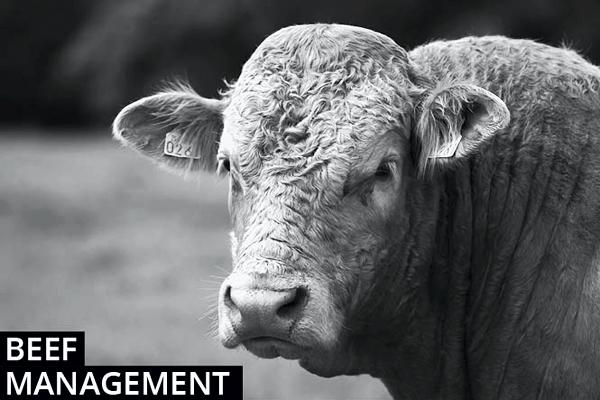Heifer replacements: Heifer calves that will be kept for breeding should be run as a separate group for management. To get heifers calving at 24 months of age, the key period to keep them on track for liveweight gain is in the first winter. Separating this group now allows you to give them priority management. The first target to hit is to get the heifer to 60% of mature cow weight by 15 months of age. If the average cow weight is 700kg, then heifers should weigh a minimum of 420kg when put to the bull. Getting heifers to target breeding weight prevents the animal from becoming stunted and increases the chance of getting heifers back in-calf again. Meeting this target weight is a reasonable expectation. At 15 months, the heifer is 450 days old. Given that the calf starts with a birth weight of around 40kg, the animal needs to gain around 380kg of liveweight in 450 days, which is daily gain of 0.85kg/day from birth. Take the example of a March-born heifer calf being weaned and housed now at 280kg liveweight; it needs to gain around 0.6kg/day while housed. Over a 180-day winter and allowing for 30 days with no gain post-weaning, the heifer should weigh 370kg when turned out to grass next spring. This leaves around 50kg of weight gain required from grass before breeding.
Buying weanlings: Before buying weanlings, consider what market you will be selling these cattle into. With lower feed prices, finishing bull calves as young bulls next spring is an option. Buying U grade weanlings can be difficult without overpaying. Try and keep to a budget, or look to buy “store-like” bulls that can improve in grade if properly managed. Aim to buy bull calves around 360kg to 400kg liveweight. This leaves a bull needing to gain 300kg to 350kg of liveweight over a 180- to 200-day feeding period (approximately 1.7kg/day). Once you bring these animals home, put them into a bedded shed for a few days and offer 2kg/day of meals to allow them to settle. If the calves are not vaccinated for respiratory diseases, you should vaccinate them before they join your main herd. Clip their backs and give a worm and fluke drench around six to eight weeks post-housing. Group bulls for feeding based on weight and type. Build up on to ad-lib meal feeding over a two-week period. Offer fresh straw, or silage as roughage and ensure that they have clean drinking water.
Dehorning calves: When dehorning autumn calves with a gas dehorner, calves under two weeks of age will not require an anaesthetic. But once calves pass the two-week-old mark, it is a legal requirement to use anaesthetic before you dehorn calves. Removing horns at a younger age is less stressful on calves but there will be calves that do not show horn buds until they are one month old. Calves should be securely restrained in a dehorning crate when carrying out the task. Make sure that the burner is hot before using. Clip hair around the bud to expose the bud properly and apply the dehorner over the bud and twist in a circular motion. Apply terramycin spray after removing the horn bud.






 This is a subscriber-only article
This is a subscriber-only article










SHARING OPTIONS: